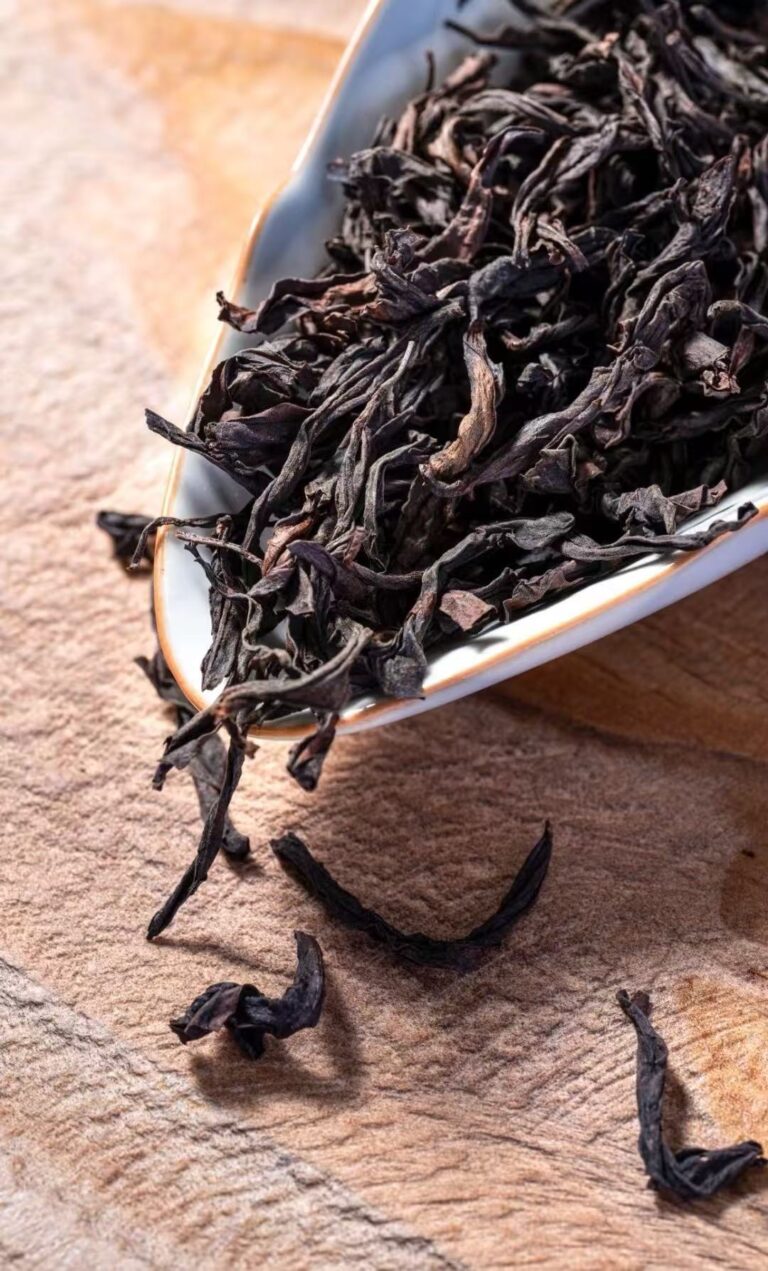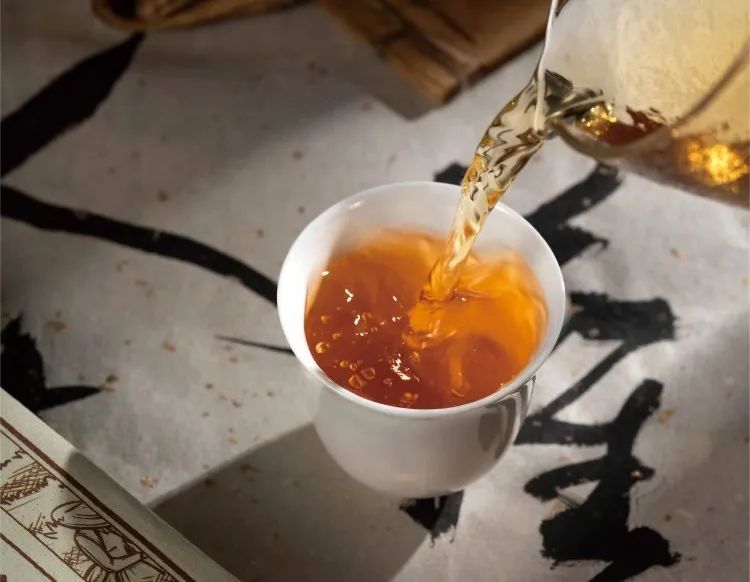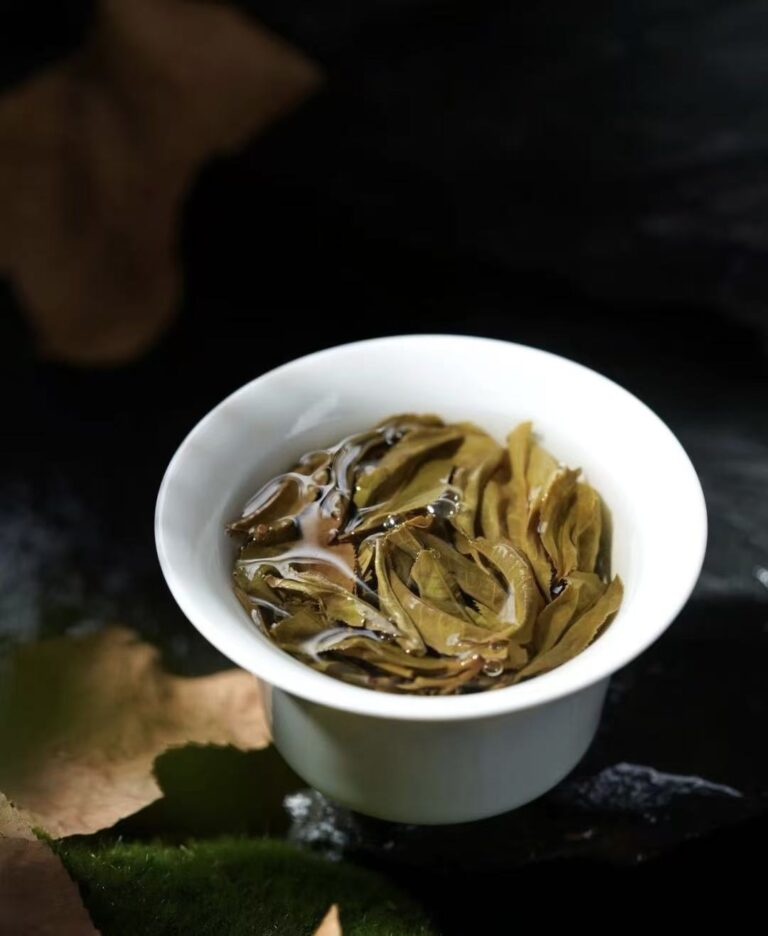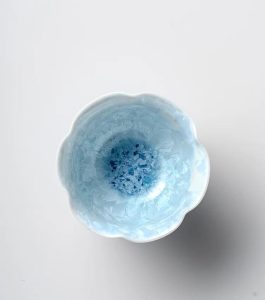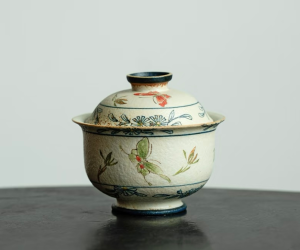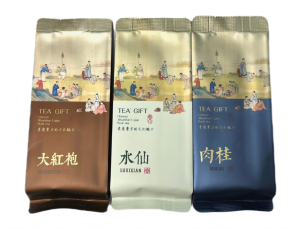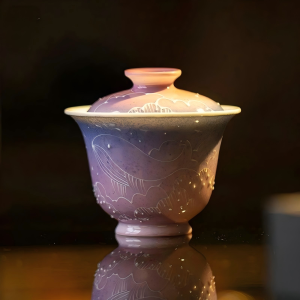
Introduction: The Search for a Guilt-Free Brew
Are you searching for a rich, full-bodied tea that provides gentle energy without the anxiety or sleep disruption often associated with coffee? You’re not alone. The quest for a satisfying, low-caffeine beverage is what leads many to discover the world of Pu-erh tea. As an ancient fermented tea with a deep history, what is Pu erh tea offers a robust flavor profile and a wealth of wellness benefits, all while being remarkably gentle in its caffeine content.
But just how low is the caffeine, and do all Pu-erh teas offer the same experience? This guide will dive deep into the science and tradition behind Pu-erh’s caffeine levels, compare it directly to coffee, and help you choose and brew the perfect cup for any time of day.
How Much Caffeine Is in Pu Erh Tea? The Short and Long Answer
On average, an 8-ounce (240ml) cup of Pu-erh tea contains between 30-70 milligrams of caffeine. For comparison, a standard cup of coffee contains 95-165 mg.
However, this simple number doesn’t tell the whole story. The most critical factor determining Pu-erh’s caffeine content is its type, a topic we explore fully in our comparative guide to Raw and Ripe Pu-erh.
The Decisive Factor: Why Ripe Pu-erh Has Lower Caffeine
Understanding the difference between Ripe and Raw Pu-erh is the key to unlocking its low-caffeine potential.
- Ripe (Shou) Pu-erh: This is the ideal choice for caffeine-sensitive individuals. Ripe Pu-erh undergoes an accelerated post-fermentation process called “Wo Dui” (wet piling), a method that distinguishes it from naturally aging tea (pile vs. natural fermentation). This microbial activity profoundly transforms the leaves, significantly reducing the caffeine content and mellowing the tea’s character, making it smooth, earthy, and easy on the stomach.
- Raw (Sheng) Pu-erh: When young, Raw Pu-erh has a caffeine level comparable to green tea, which is higher than Ripe Pu-erh. Its flavor is more astringent and vibrant. However, as Raw Pu-erh ages over years, its caffeine content will naturally decrease through slow oxidation.
For anyone specifically seeking a low-caffeine tea, always choose Ripe (Shou) Pu-erh or a well-aged Raw (Sheng) Pu-erh.
Pu-erh vs. Coffee Caffeine: More Than Just Numbers
While Pu-erh has quantitatively less caffeine, the qualitative difference is even more important. The “energy” you get from Pu-erh feels vastly different from coffee’s jolt, a topic we cover in our science-backed tea vs. coffee health guide.
The secret is L-theanine, an amino acid present in tea. L-theanine promotes relaxation and focus by increasing alpha brain waves. It works synergistically with caffeine, smoothing out its sharp edges.
| Feature | Pu-erh Tea | Coffee |
| Caffeine | 30-70 mg (approx.) | 95-165 mg (approx.) |
| Energy Release | Slow, sustained, focused | Fast, intense, potential crash |
| Key Compound | Caffeine + L-theanine | Caffeine |
| Acidity | Low (especially Ripe Pu-erh) | High |
| Feeling | Calm alertness, mental clarity | Jitters, anxiety, high energy |
This unique combination makes Pu-erh the superior choice for sustained productivity and a calm mind.
Beyond Caffeine: Scientifically-Backed Health Benefits
The fermentation that lowers caffeine also creates unique compounds. Explore all the benefits of drinking Ripe Pu-erh tea to learn more.
- Digestive Health: The probiotics and beneficial micro-organisms created during fermentation can help balance your gut flora, making Ripe Pu-erh an excellent post-meal digestif.
- Cholesterol Management: A 2019 review published in the journal Molecules found that Pu-erh tea extract showed promising results in lowering LDL (“bad”) cholesterol and triglyceride levels, supporting cardiovascular health. (External Reference: NCBI Study on Pu-erh Tea and Metabolism).
- Metabolic Support: The active compounds in Pu-erh may contribute to fat metabolism and support healthy weight management efforts.
Brewing for Even Lower Caffeine
You can further influence the caffeine in your cup. For a complete walkthrough, see our definitive guide to brewing the perfect Pu-erh tea at home.
- The First Rinse: Always perform a quick 5-10 second “rinse” of your Pu-erh leaves. This awakens the leaves and can wash away a portion of the readily-soluble surface caffeine.
- Control Your Steep Time: The longer you steep, the more caffeine is extracted. For a lower-caffeine cup, use shorter, multiple infusions (Gongfu style) rather than one long steep.
Ready to Experience the Gentle Power of Ripe Pu-erh?
You’ve learned why Ripe Pu-erh is the perfect low-caffeine choice for calm energy and digestive wellness. Now, it’s time to taste the difference. Explore our curated collection of premium Ripe (Shou) Pu-erh teas, sourced for their rich flavor and smooth character.
→ Shop Our Ripe Pu-erh Tea Collection Now
FAQs
Yes, you absolutely can, especially Ripe (Shou) Pu-erh. Due to its lower caffeine and soothing properties, many people enjoy a cup of Ripe Pu-erh in the evening. We address the question of drinking tea at dinner and sleep in detail here.
Ripe (Shou) Pu-erh generally has less caffeine than most green teas. Young Raw (Sheng) Pu-erh will have a caffeine level similar to or slightly higher than green tea.
No. Despite the mild diuretic effect of caffeine, the overall volume of water in tea contributes positively to your daily hydration.

